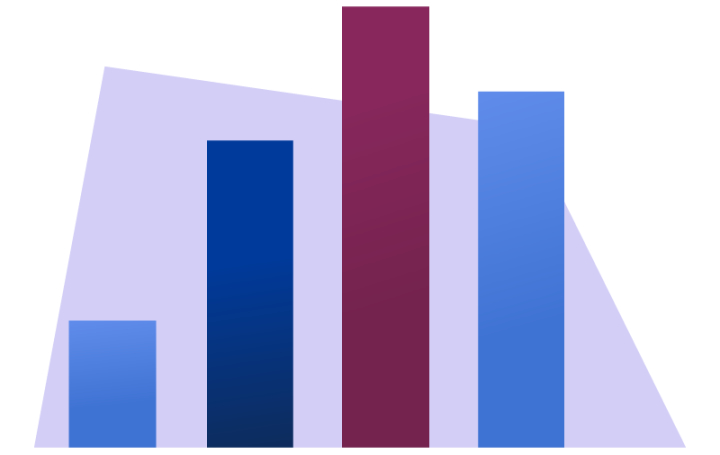Line charts are a fundamental tool in the world of data visualization. They provide a clear and concise way to represent data trends over time or across different categories. In this article, we will explore the intricacies of line charts, their components, types, interpretation, best practices, real-world applications, and more.
Line Charts
Line charts, also known as line graphs, are graphical representations of data points connected by straight lines. They are commonly used to visualize trends, patterns, and relationships in datasets. Line charts are widely employed in various fields, including finance, science, marketing, and academia, due to their simplicity and effectiveness in conveying information.
Components of Line Charts
X-axis and Y-axis
The horizontal x-axis typically represents time or categories, while the vertical y-axis displays the numerical values being measured.
Data Points
Data points are plotted on the chart, with each point representing a specific value at a given point in time or category.
Lines Connecting Data Points
Lines connect the data points, illustrating the trend or progression of the dataset over time or across categories. In this article, we’ll explore the incredible benefits of using a desktop-docked search utility app.
Legends and Labels
Legends and labels provide context to the chart, indicating what each line represents and labeling the axes for clarity.
Types of Data Represented by Line Charts
Line charts are particularly useful for visualizing time-series data, such as stock prices, temperature changes, or sales figures, where the data points are plotted in chronological order. They can also be used to compare multiple variables or track trends over time.
Creating and Customizing Line Charts
Various software and tools, such as Microsoft Excel, Google Sheets, and specialized data visualization libraries like Matplotlib and D3.js, enable users to create and customize line charts to suit their needs. Users can adjust axis scales, choose line styles and colors, and add annotations or trend lines for enhanced clarity.
Interpreting Line Charts
Interpreting line charts involves identifying trends, analyzing fluctuations, understanding correlations between variables, and making predictions based on the observed patterns.
Best Practices for Using Line Charts
When using line charts, it’s essential to choose appropriate data, simplify complex datasets for better readability, and avoid misleading visualizations that may misrepresent the data.
Real-World Applications of Line Charts
Line charts find applications in diverse fields, including stock market analysis, weather forecasting, sales performance tracking, and scientific research, where they help analysts and decision-makers gain insights from data trends.
Advantages and Limitations of Line Charts
Line charts offer advantages such as simplicity, clarity, and the ability to visualize trends effectively. However, they also have limitations, including difficulty in representing non-continuous data and the potential for misinterpretation if not used correctly.
Conclusion
In conclusion, line charts are powerful tools for visualizing data trends and patterns. By understanding their components, types, interpretation methods, best practices, and real-world applications, users can harness the full potential of line charts for data analysis and decision-making.
